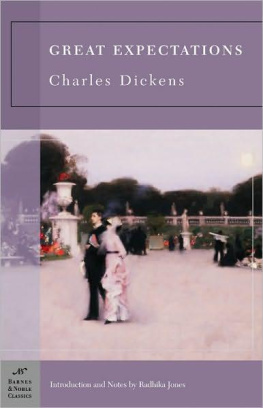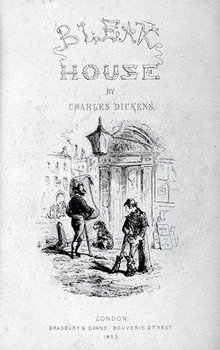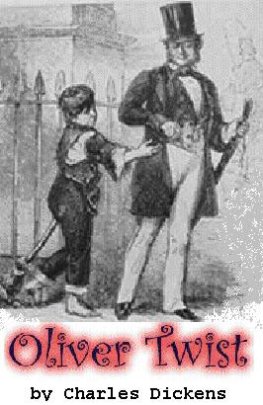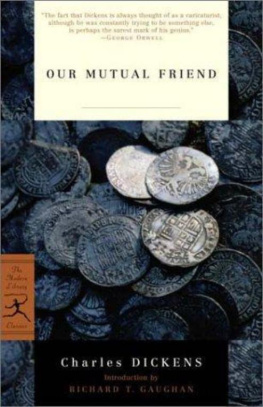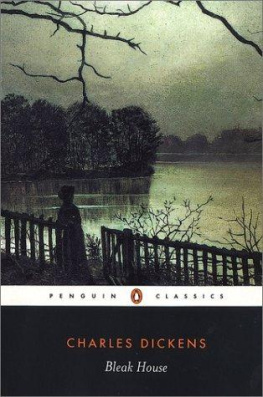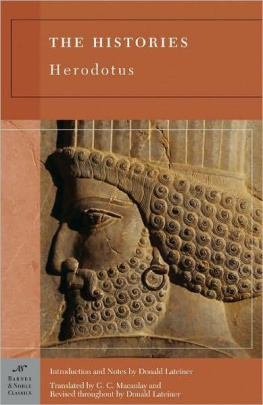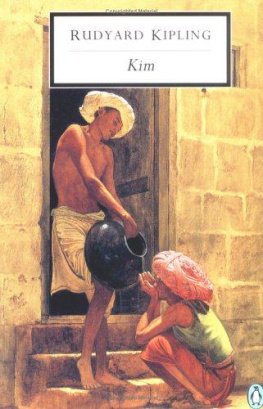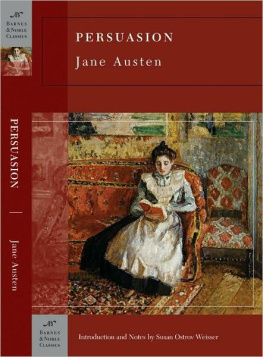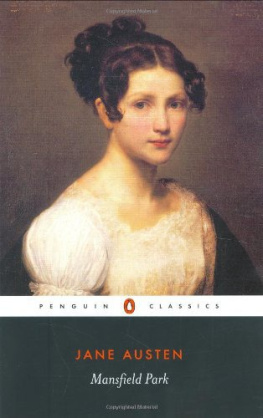Table of Contents
FROM THE PAGES OF GREAT EXPECTATIONS
My fathers family name being Pirrip, and my christian name Philip, my infant tongue could make of both names nothing longer or more explicit than Pip. So, I called myself Pip, and came to be called Pip. (page 3)
I was always treated as if I had insisted on being born in opposition to the dictates of reason, religion, and morality, and against the dissuading arguments of my best friends. (page 23)
In the little world in which children have their existence whosoever brings them up, there is nothing so finely perceived and so finely felt, as injustice. (page 60)
That was a memorable day to me, for it made great changes in me. But, it is the same with any life. Imagine one selected day struck out of it, and think how different its course would have been. Pause you who read this, and think for a moment of the long chain of iron or gold, of thorns or flowers, that would never have bound you, but for the formation of the first link on one memorable day. (page 69)
It is a most miserable thing to feel ashamed of home. (page 103)
Heaven knows we need never be ashamed of our tears, for they are rain upon the blinding dust of earth, overlying our hard hearts. I was better after I had cried, than beforemore sorry, more aware of my own ingratitude, more gentle. (page 153)



Published by Barnes & Noble Books
122 Fifth Avenue
New York, NY 10011
www.barnesandnoble.com/classics
First published serially in All the Year Round in 1860-1861.
This edition follows the text of the Charles Dickens edition of 1868.
Originally published in mass market format in 2003 by Barnes & Noble Classics
with new Introduction, Notes, Biography, Chronology, Inspired By,
Comments & Questions, and For Further Reading.
This trade paperback edition published in 2005.
Introduction, Notes, The Original Ending to Great Expectations, and For Further Reading
Copyright 2003 by Radhika Jones.
Note on Charles Dickens, The World of Charles Dickens and Great Expectations,
Inspired by Great Expectations, and Comments & Questions
Copyright 2004 by Barnes & Noble, Inc.
All rights reserved. No part of this publication may be reproduced or transmitted in any form or by any means, electronic or mechanical, including photocopy, recording, or any information storage and retrieval system, without the prior written permission of the publisher.
Barnes & Noble Classics and the Barnes & Noble Classics colophon are trademarks of Barnes & Noble, Inc.
Great Expectations
ISBN-13: 978-1-59308-116-4 ISBN-10: 1-59308-116-2
eISBN : 978-1-411-43383-0
LC Control Number 2004115320
Produced and published in conjunction with:
Fine Creative Media, Inc.
322 Eighth Avenue
New York, NY 10001
Michael J. Fine, President and Publisher
Printed in the United States of America
QM
9 11 13 15 17 19 20 18 16 14 12 10
CHARLES DICKENS
Born on February 7, 1812, Charles Dickens was the second of eight children in a family burdened with financial troubles. Despite his deprived beginnings, he became the best-selling writer of his time.
In 1824, young Charles was withdrawn from school and forced to work at a boot-blacking factory when his improvident fatherin fact, his entire family, except for himwas sent to debtors prison, where they remained for three months. Once they were released, Charles attended a private school for three years. The young man then became a solicitors clerk, mastered shorthand, and before long was employed as a Parliamentary reporter. When he was in his early twenties, Dickens began to publish stories and sketches of London life in a variety of periodicals.
It was the publication of The Pickwick Papers (18361837) that catapulted the twenty-five-year-old author to national renown. Dickens wrote with unequaled speed and often worked on several novels at a time, publishing them first in monthly installments and then as books. His early novels Oliver Twist (1837-1838), Nicholas Nickleby (1838-1839), The Old Curiosity Shop (1840-1841), and A Christmas Carol (1843) solidified his enormous, ongoing popularity. When Dickens was in his late thirties, his social criticism became biting, his humor dark, and his view of poverty darker still. David Copperfield (1849-1850), Bleak House (1852-1853), Hard Times (1854), A Tale of Two Cities (1859), Great Expectations (1860- 1861), and Our Mutual Friend (1864-1865) are the great works of his masterful and prolific later period.
In 1858 Dickenss twenty-three-year marriage to Catherine Hogarth dissolved when he fell in love with Ellen Ternan, a young actress. The last years of his life were filled with intense activity: writing, managing amateur theatricals, and undertaking several reading tours that reinforced the publics favorable view of his work but took an enormous toll on his health. Working feverishly to the last, Dickens collapsed and died on June 9, 1870, leaving The Mystery of Edwin Drood uncompleted.
THE WORLD OF CHARLES DICKENS AND GREAT EXPECTATIONS
| 1811 | Jane Austen publishes Sense and Sensibility, arguably the first modern English novel. |
| 1812 | Charles John Huffam Dickens is born at Portsmouth to John and Elizabeth (nee Barrow) Dickens. |
| 1817 | The Dickens family moves to Chatham, in Kent. Charles begins reading the books in his fathers library; his favorites include the works of Miguel de Cervantes, Daniel Defoe, Henry Fielding, and Tobias Smollett. |
| 1822 | The Dickens family moves again, this time to Camden, in North London. Charles quickly and fastidiously learns the landscape of London, an invaluable resource for his later writing. |
| 1824 | Charles is sent to work at Warrens Blacking Factory, a manufac turer of boot-blacking. His father is arrested for debt and impris oned for three months, and while the rest of his family stays with John Dickens in prison, Charles lodges elsewhere and continues pasting labels onto bottles of blacking at Warrens. |
| 1825 | John Dickens retires on a naval pension, and Charles attends Wel lington House Academy, a private school where he wins a prize in Latin. |
| 1827 | Dickens becomes a clerk in a solicitors office. |
| 1829 | After learning shorthand, Dickens establishes himself as a reporter for the law courts, Parliament, and various London newspapers. He meets Maria Beadnell and falls in love with her. |
| 1831 | Dickens joins the journalistic staff of the Mirror of Parliament; he transcribes speeches by the members of Parliament on such topics as factory conditions, penal reform, education reform, the Poor Law Commission, and the First Reform Bill of 1832. |
| 1833 | After four arduous years, Dickenss affair with Beadnell dissolves in the face of her familys disapproval. Dickenss first rejection and subsequent self-doubt are essential to his later composition of Great
Expectations. He publishes his first story, A Dinner at Poplar Walk, in the Monthly Magazine. |
| 1834 | Dickens becomes a journalist for the Morning Chronicle, a job that requires frequent travel and attendance at political meetings. He continues to publish stories and sketches in periodicals. |
Next page
